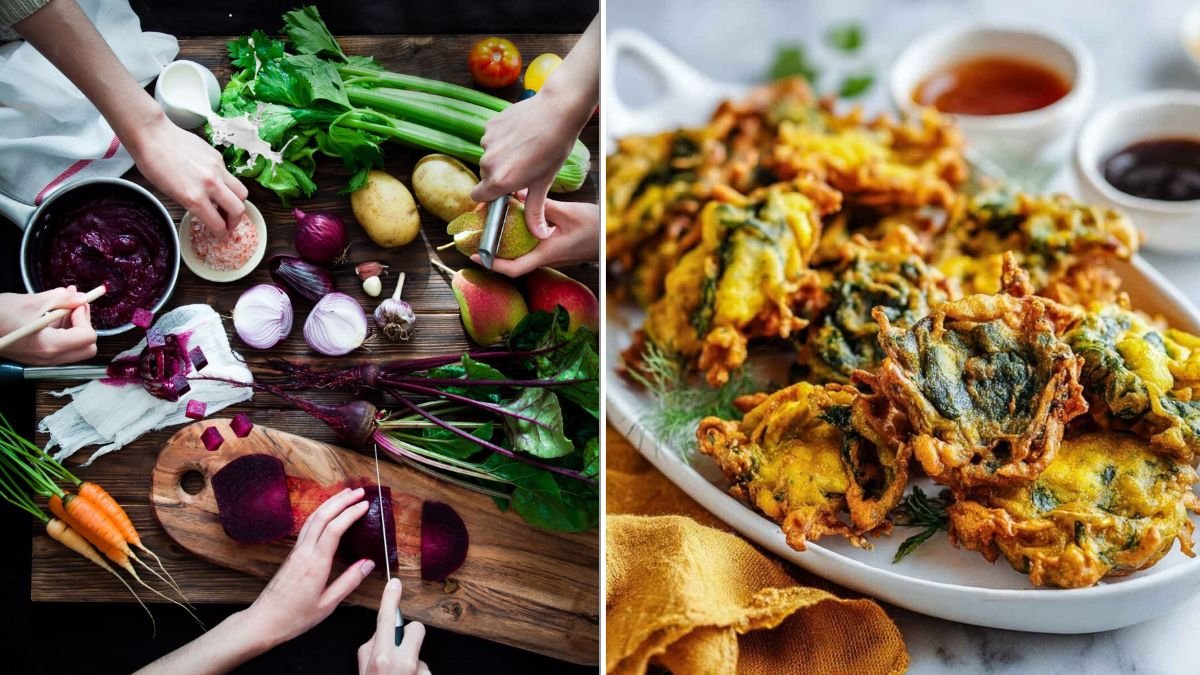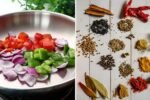Crispy, golden, and irresistibly crunchy, vegetable kurkure pakoras are a beloved snack in Indian households and street food stalls alike. Perfect for rainy days, tea-time treats, or party appetizers, these deep-fried delights are a flavorful combination of vegetables, spices, and chickpea flour, fried to perfection. While you might think they’re difficult to make at home, this 6-step guide will show you how to prepare vegetable kurkure pakoras that are crunchy on the outside, soft on the inside, and bursting with flavor.
Step 1: Gather Fresh Ingredients
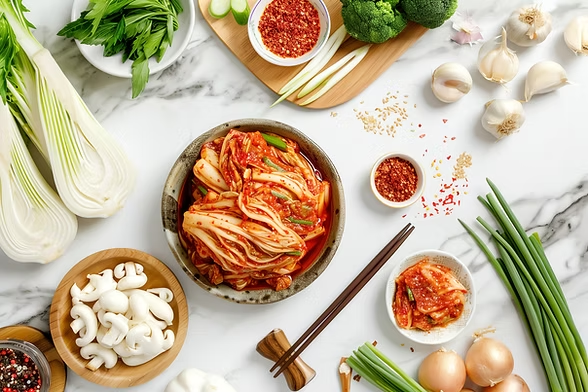
The first step to making delicious vegetable kurkure pakoras is selecting fresh and quality ingredients. Here’s what you’ll need for a standard batch:
Vegetables:
- 1 cup potato, grated
- 1/2 cup onion, finely chopped
- 1/2 cup carrot, grated
- 1/4 cup capsicum/bell pepper, finely chopped
- 1/4 cup cabbage, shredded (optional)
- 2-3 green chilies, finely chopped (adjust for spice preference)
Batter & Seasoning:
- 1 cup gram flour (besan/chickpea flour)
- 2 tbsp rice flour (for extra crunch)
- 1 tsp red chili powder
- 1/2 tsp turmeric powder
- 1 tsp garam masala
- 1 tsp carom seeds (ajwain) or cumin seeds
- Salt to taste
- Water as needed
For Frying:
- Vegetable oil or sunflower oil for deep frying
Tip: Using a mix of vegetables adds color, texture, and nutrition to your pakoras. Freshness is key—avoid soggy or overripe vegetables, as they can affect the crispiness of your pakoras.
Step 2: Prepare the Vegetables
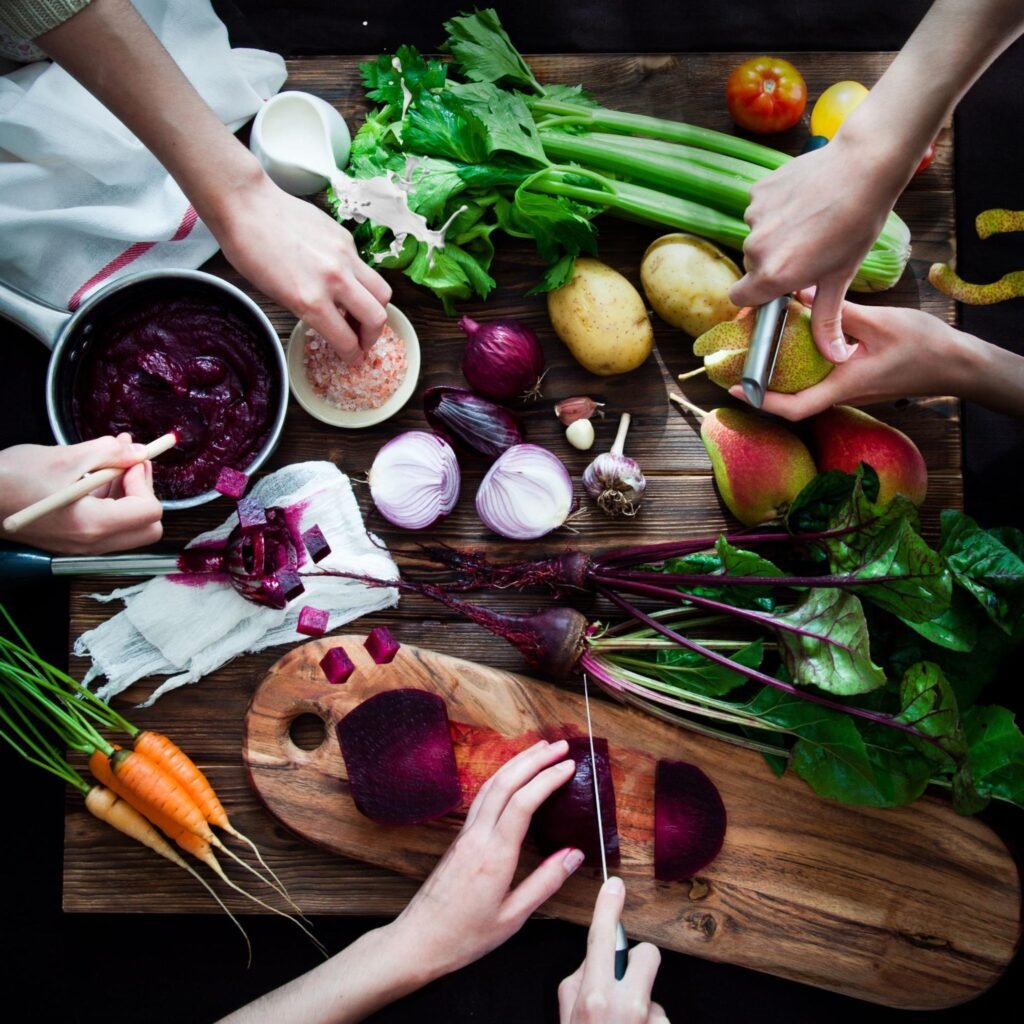
Proper preparation of vegetables ensures that your pakoras hold together well and cook evenly.
Steps:
- Wash and peel vegetables like potatoes and carrots.
- Grate or finely chop the vegetables. Grated vegetables absorb the batter well and help form uniform pakoras.
- If using watery vegetables like capsicum or cabbage, lightly squeeze them to remove excess moisture. Too much water can make the batter runny and result in soggy pakoras.
- Keep the vegetables in a large mixing bowl ready for the batter.
Tip: Uniformly sized vegetables ensure even frying and perfect crunch.
Step 3: Prepare the Batter
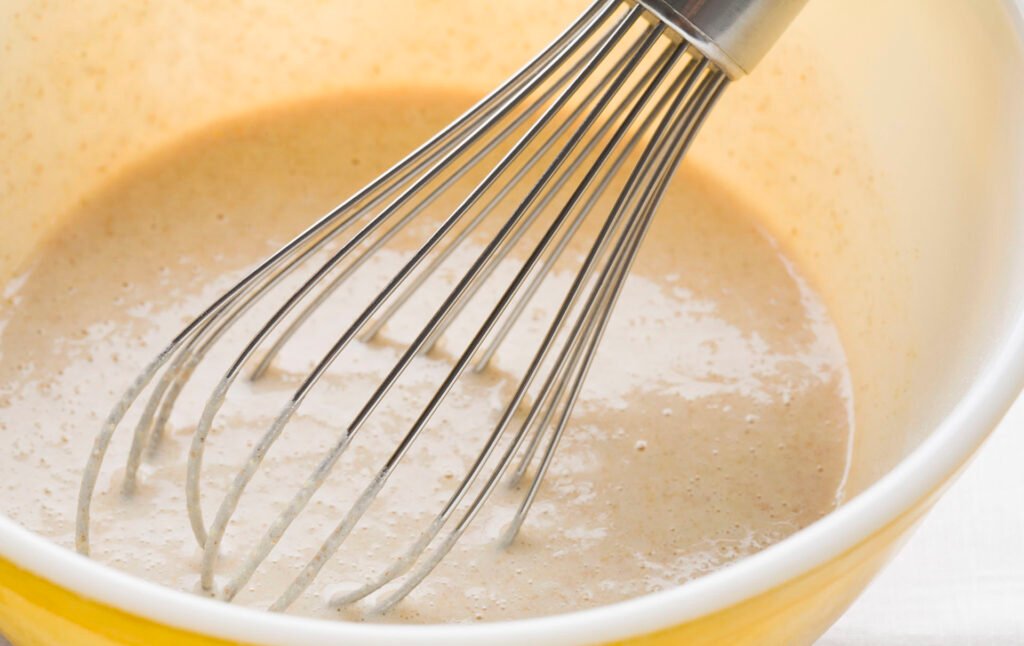
The batter binds the vegetables and spices together, creating that iconic kurkure texture.
Steps:
- In a large mixing bowl, combine gram flour and rice flour. Rice flour adds extra crispiness to the pakoras.
- Add the spices: red chili powder, turmeric, garam masala, and carom or cumin seeds.
- Mix in salt to taste.
- Gradually add water, a little at a time, to form a thick, smooth batter. The batter should be thick enough to coat the vegetables without dripping excessively.
- Combine the grated and chopped vegetables with the batter. Mix thoroughly so that each piece is evenly coated.
Pro Tip: A thicker batter results in crunchier pakoras. Avoid adding too much water; start with 2-3 tablespoons and adjust as needed.
Step 4: Heat the Oil
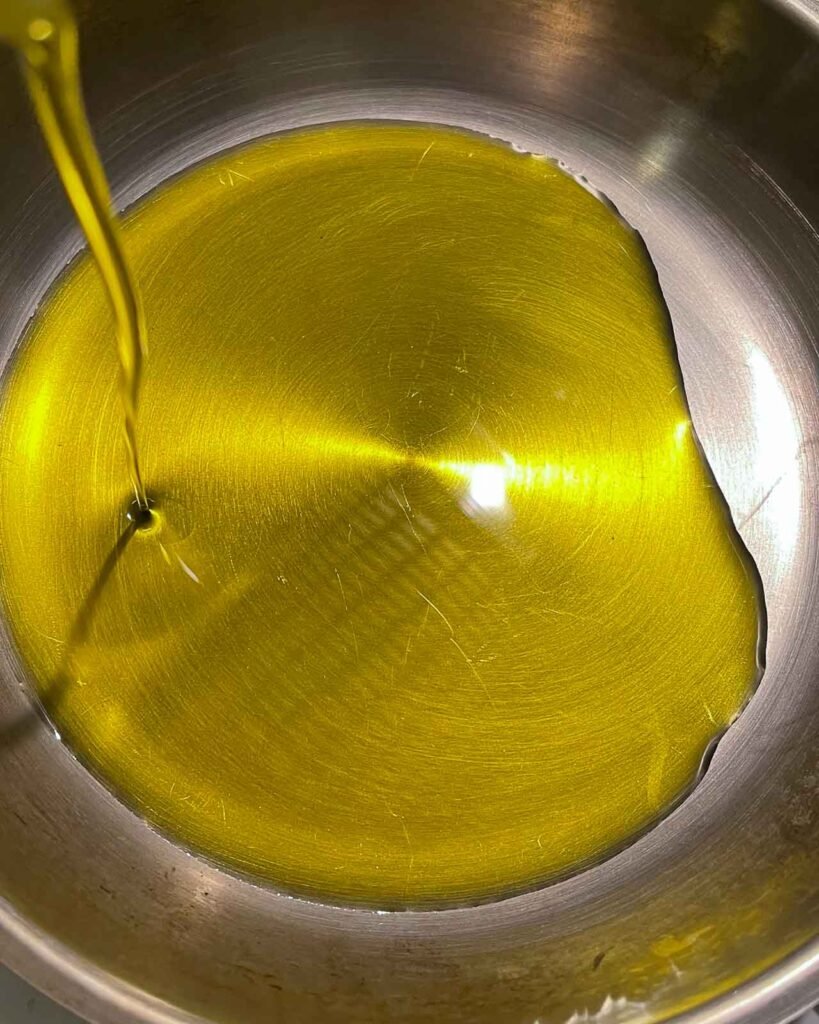
Proper oil temperature is crucial for crispy and golden pakoras.
Steps:
- Pour vegetable oil into a deep frying pan or kadhai, about 2–3 inches deep.
- Heat the oil on medium heat. Test the temperature by dropping a small amount of batter into the oil. If it rises to the surface quickly and sizzles, the oil is ready.
- Avoid overheating the oil, as this can burn the pakoras on the outside while leaving the inside undercooked.
Tip: Maintain medium heat throughout frying to ensure evenly cooked pakoras.
Step 5: Fry the Pakoras
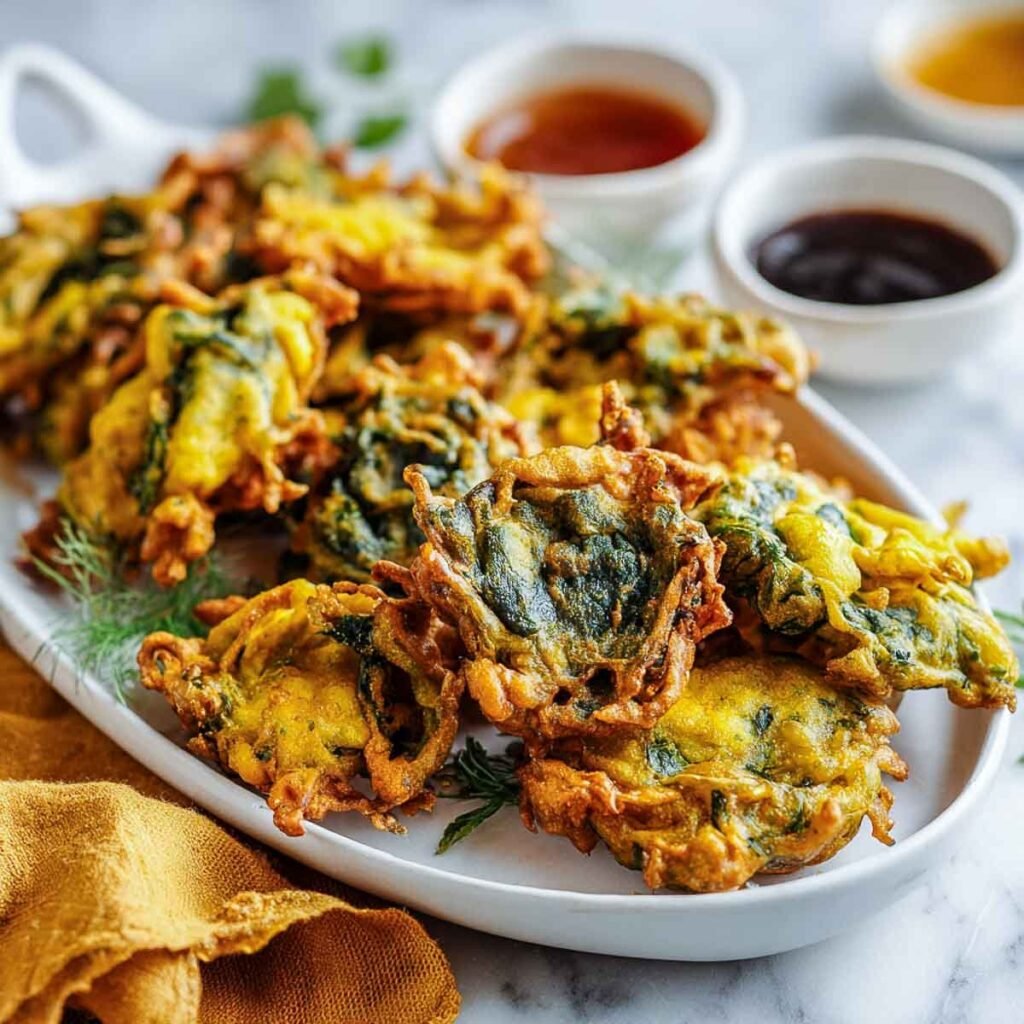
Now comes the fun part—turning your prepared batter and vegetables into golden, crunchy pakoras.
Steps:
- Using a spoon or your fingers, carefully drop small portions of the batter-coated vegetables into the hot oil. Avoid overcrowding the pan, as this lowers the oil temperature.
- Fry the pakoras in batches until golden brown and crispy, turning occasionally to cook evenly. This usually takes 4–5 minutes per batch.
- Use a slotted spoon to remove the pakoras from the oil and place them on paper towels to drain excess oil.
Tip: For extra crunch, let the pakoras rest for a few minutes after frying—they crisp up further as they cool slightly.
Step 6: Serve and Enjoy
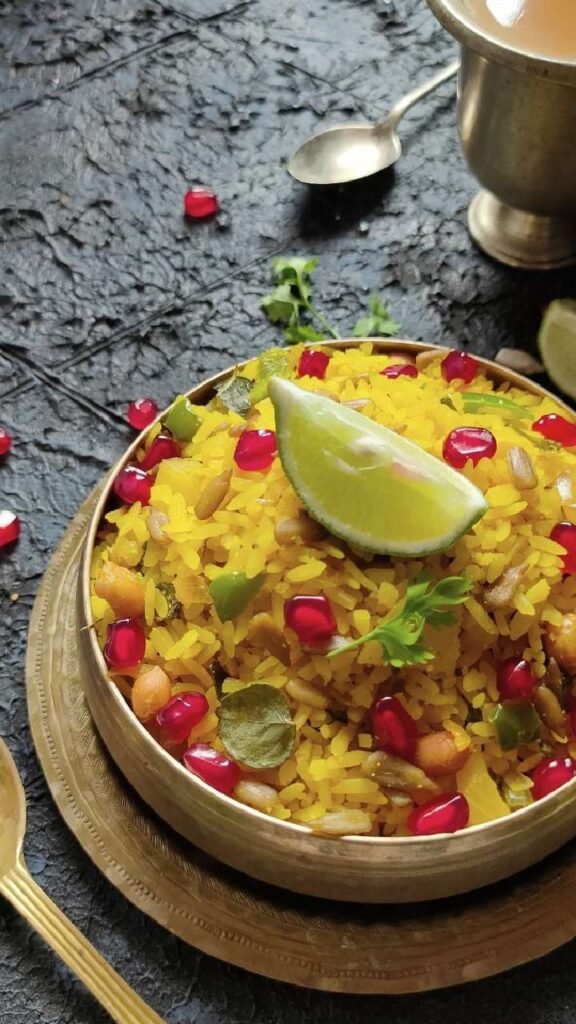
Vegetable kurkure pakoras are best enjoyed hot and fresh, accompanied by chutneys or sauces.
Serving Suggestions:
- Mint-coriander chutney: Adds freshness and a zesty flavor.
- Tamarind chutney: Sweet and tangy, balances the spices.
- Ketchup or tomato sauce: Classic choice for kids and casual snacking.
Tips for Storage:
- Pakoras are best eaten immediately, but they can be stored in an airtight container for up to a day.
- Reheat in an oven or air fryer instead of a microwave to maintain crispiness.
Pro Tip: Sprinkle a pinch of chaat masala on the pakoras just before serving for an extra burst of flavor.
Tips for Perfect Kurkure Pakoras
- Keep Vegetables Dry: Excess moisture leads to soggy pakoras.
- Use Rice Flour: Enhances crunchiness.
- Do Not Overcrowd the Pan: Maintains oil temperature for even frying.
- Maintain Consistent Oil Temperature: Avoid burning or undercooking.
- Experiment with Vegetables: Cauliflower, spinach, or zucchini can also be added.
- Serve Fresh: Pakoras lose crispiness if left sitting for too long.
Healthier Variations
For a slightly healthier version without compromising on taste:
- Air-Fried Pakoras: Use an air fryer to achieve crispy texture with minimal oil.
- Oven-Baked Pakoras: Place on a parchment-lined baking tray and bake at 200°C (400°F) until golden.
- Use Whole Chickpea Flour: Boosts protein content while maintaining flavor.
These variations are perfect for those who want indulgent taste with fewer calories.
Why Vegetable Kurkure Pakoras Are So Loved
- Texture: The kurkure (crunchy) exterior and soft interior create a satisfying bite.
- Flavor: A balanced blend of spices enhances the natural taste of vegetables.
- Versatility: Works as a snack, appetizer, or side dish for parties and meals.
- Customizable: Add your favorite vegetables, adjust spice levels, or mix in herbs like coriander or curry leaves.
Whether enjoyed with chai on a rainy day or served at a festive gathering, vegetable kurkure pakoras have a universal appeal that’s hard to resist.
Conclusion
Making vegetable kurkure pakoras at home is simpler than you might think. By following this 6-step guide—from gathering fresh ingredients, preparing vegetables, making the batter, heating the oil, frying perfectly, and serving with delicious chutneys—you can enjoy restaurant-quality pakoras in your own kitchen. With a few tips and tricks, your pakoras will be golden, crispy, and bursting with flavor every time.
Experiment with vegetables, spices, and serving styles to create your signature version of this beloved snack. Once mastered, vegetable kurkure pakoras can become a staple for tea-time, rainy-day comfort, and festive celebrations, bringing warmth and crunch to every bite.
